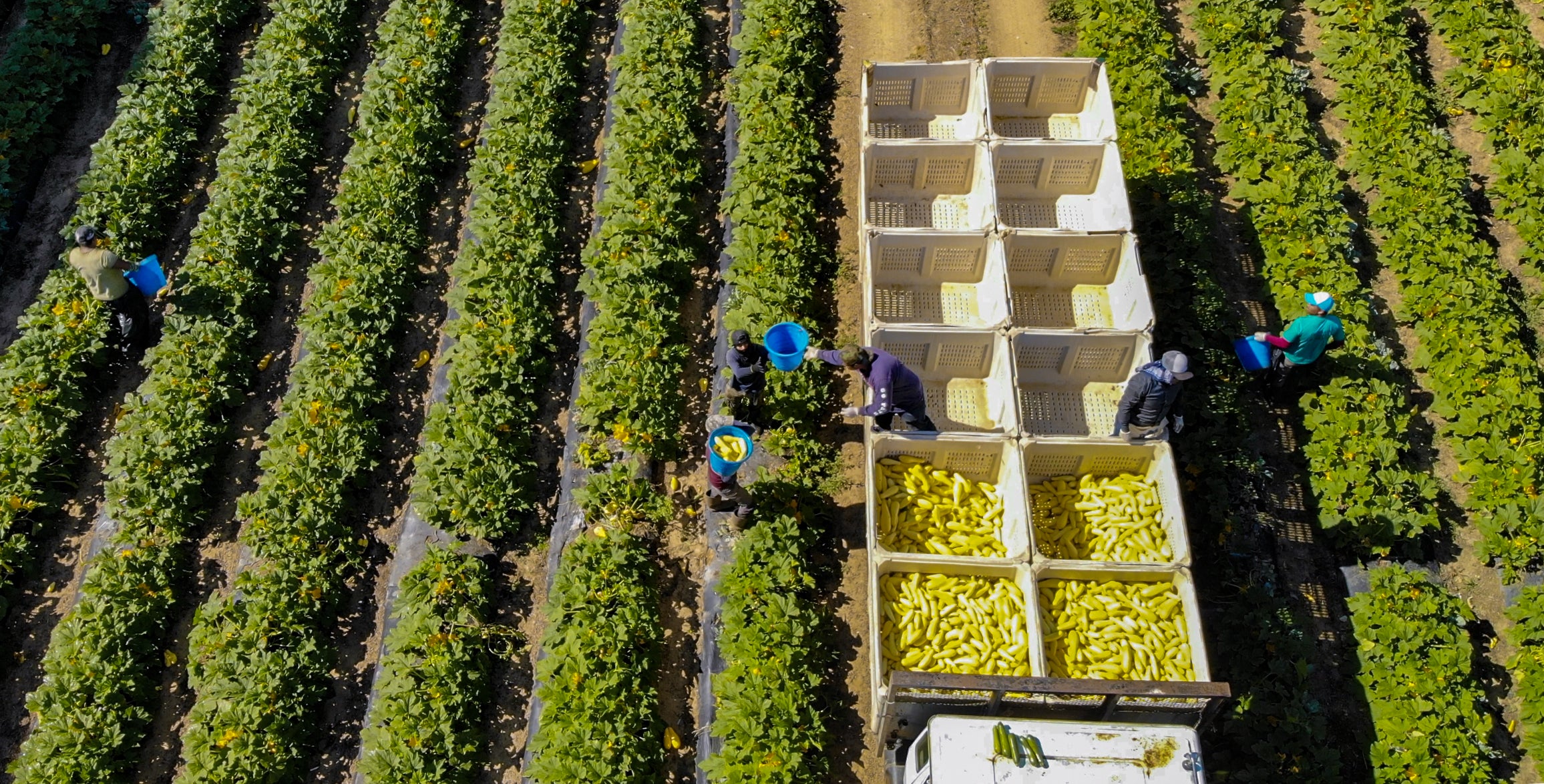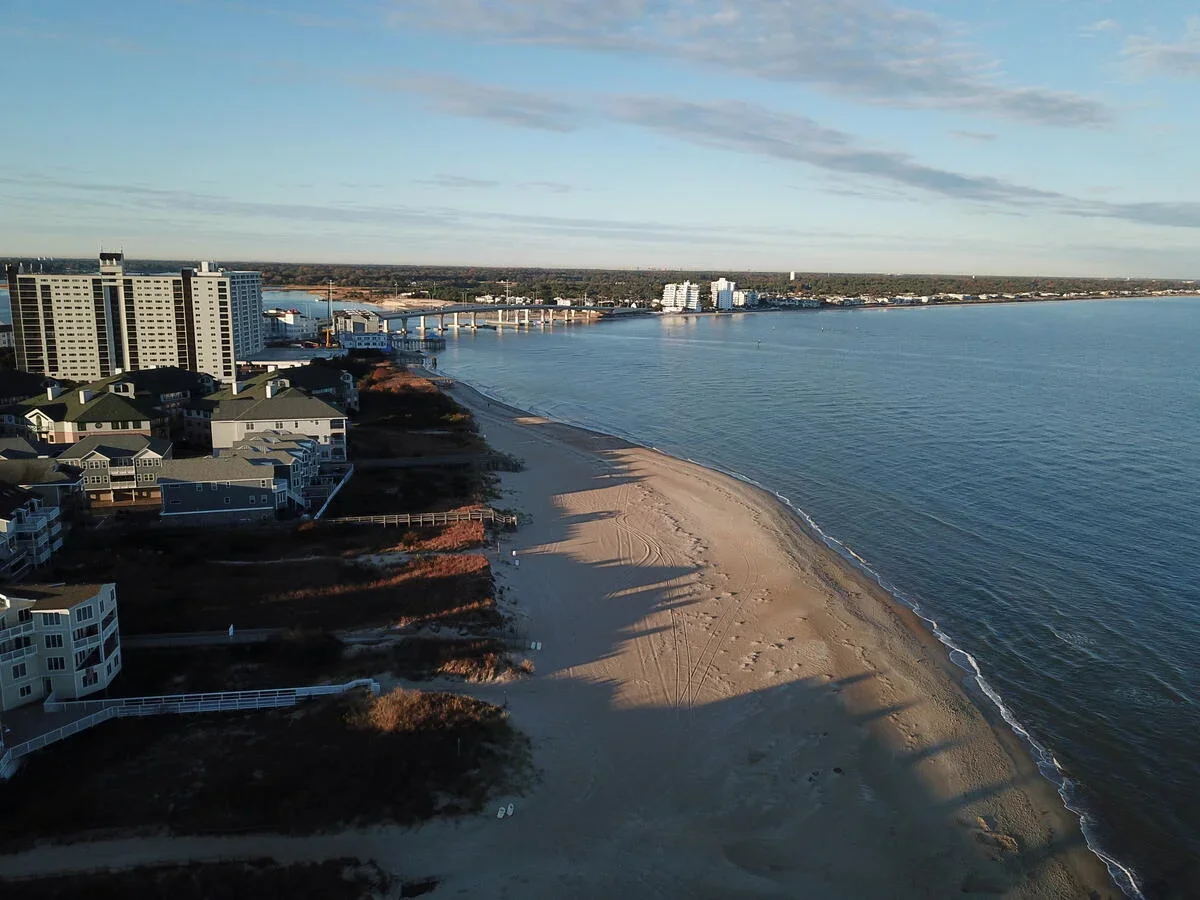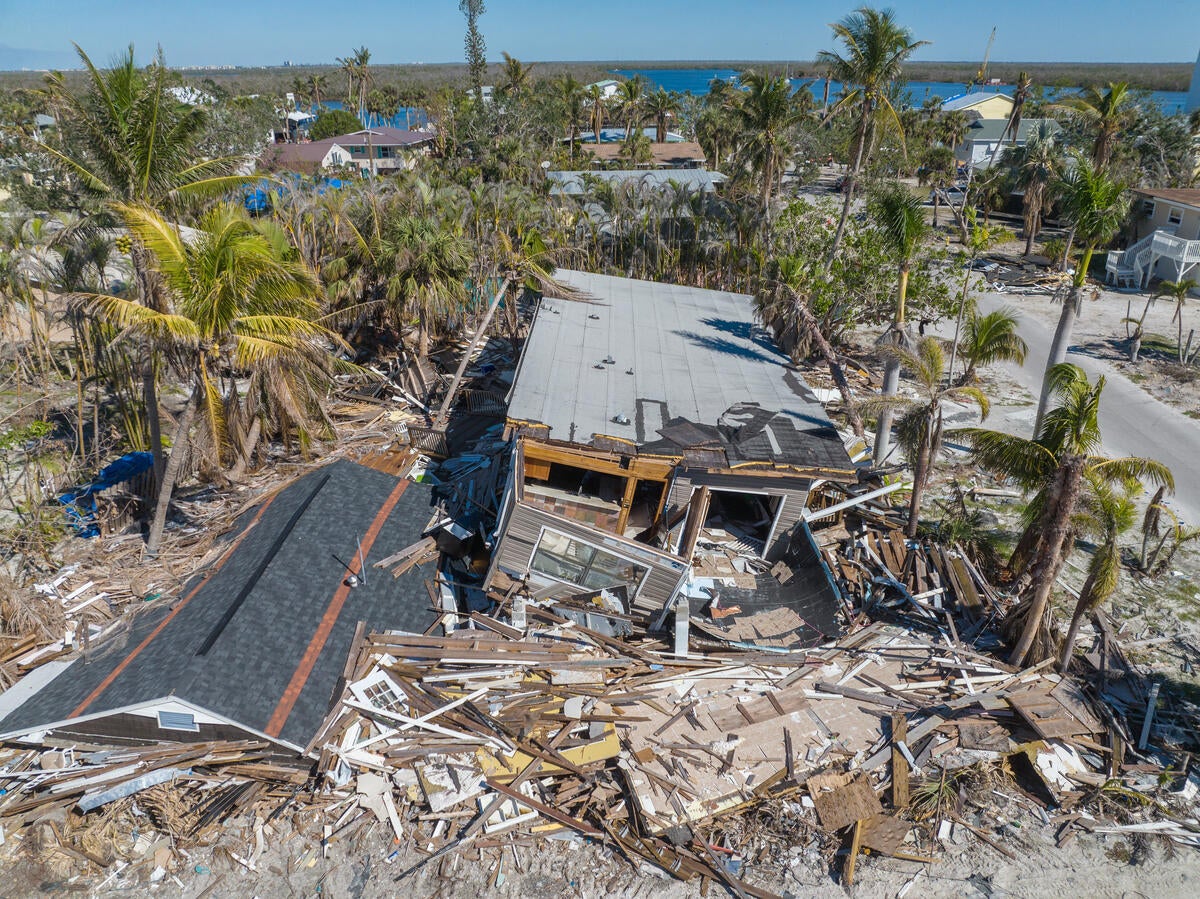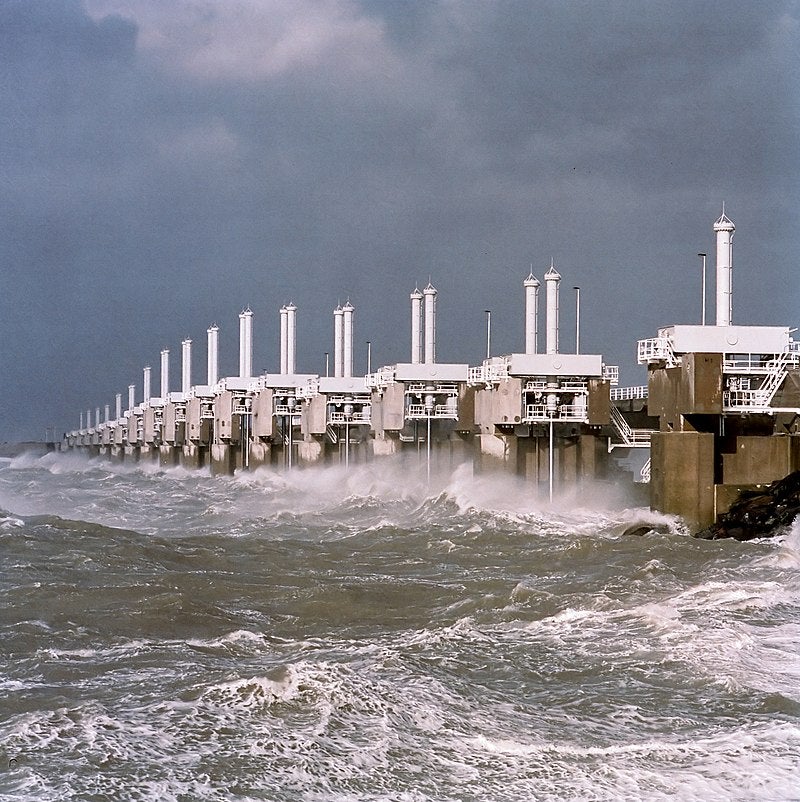In Presidio County, running water is a luxury that some residents do not enjoy. Families in Las Pampas, a Colonia near the Mexican border, must truck water from the City of Presidio to their homes north of town, spending money and time to secure what many Texans take for granted – running water and the economic opportunity this provides. Decades ago, when Las Pampas was first developed, a few groundwater wells supplied water to homes and even a restaurant, but the wells were poorly constructed and too shallow to access reliable underground water in this desert region. Eventually, they stopped flowing, and Las Pampas literally dried up. Read More
Growing Returns
For some Texans, a day without water is not imaginary – it is an unfortunate reality
On this International Day for Disaster Risk Reduction, protecting the Nation’s wetlands is more important and urgent than ever
By: Ivy Steinberg McElroy, EDF’s Climate Resilient Coasts & Watersheds Intern
The International Day for Disaster Risk Reduction was established by the United Nations General Assembly to accelerate action to strengthen disaster resilience. In the United States, this day comes on the heels of a major blow to our Nation’s wetlands. Earlier this year, the U.S. Supreme Court ruled in Sackett v. Environmental Protection Agency (EPA) to narrow the scope of protections for wetlands, as defined in the Clean Water Act. As result, this landmark decision could cause detrimental impacts to the environment, communities and economy. That means more flooding – especially for more vulnerable communities downstream. Read More
Hispanic Heritage Month: meet local leaders helping communities address key water issues
As Hispanic Heritage Month ends, we celebrate our Hispanic Water Leadership Institute alumni making a difference in their communities.
Nearly 20% of the United States identifies as Hispanic. The largest minority group in the country is also the largest group disproportionately impacted by contaminated groundwater. This is due to a lack of resources and widespread inequities in funding, policies, investment in water infrastructure and education. Read More
4 opportunities for Virginia’s General Assembly to build statewide flood resilience
In recent years, flash floods have decimated homes, businesses and communities in southwest Virginia and families are still recovering and rebuilding from the damage. Research shows that investing in flood resilience saves at least $6 for every $1 spent pre-disaster, which is why it’s so important to start planning for climate impacts now.
While many localities are taking steps to plan for current and future climate impacts, many lower-resourced, small or rural communities need additional support from statewide planning initiatives, funding programs and technical assistance to address their flood risk. Virginia leaders must continue to build flood resilience through four big initiatives.
It’s nearly one year since Hurricane Ian. Will Florida be ready when another storm hits?
It was just last fall when Hurricane Ian, now classified as a category 5 storm, wreaked havoc across the state of Florida. Residents braced the eye of the storm as Ian made landfall on the state’s southwestern side, and millions more watched as communities, businesses and families changed forever.
Ian nearly decimated Sanibel, a beloved vacation spot known for its array of colorful seashells, while it uprooted trees and tore off roofs in Fort Myers. Not to mention, inland communities suffered from flooding due to excessive rainfall, power lines went down and a series of destructive tornados followed Ian’s path. Not long after, Hurricane Nicole rocked northeast Florida, washing away beaches.
Fast forward one year and where do we stand? Ian, then Nicole, now Idalia – it’s time to ask ourselves if Florida will be ready when another big storm hits. Here at EDF, the Climate Resilient Coasts and Watersheds team is focused on building resilience in Florida and ensuring communities are prepared for the increasingly frequent and severe weather events that are predicted. In recent months, there’s been a lot of progress – but there’s still a long way to go. Let’s look at how far we’ve come, and ways leaders can further prioritize a more resilient future.
The impact of storm surge barriers on estuaries and ecosystems
By Philip Orton, Research Associate Professor, Stevens Institute of Technology
Due to the increasing frequency and risk of coastal storms and flood disasters, many governments and decision makers are looking to construct gated storm surge barriers.
The U.S. Army Corps of Engineers is recommending these large steel and concrete barriers be built across entrances to 11 U.S. estuaries, enabling closure during storm surges to minimize coastal flooding. However, many scientists are wary of the potential effects these barriers could have on coastal ecosystems, leading many advocates to push for a precautionary approach or their outright rejection.
Published in the scientific journal Earth’s Future and supported in part by funding from Environmental Defense Fund, colleagues and I recently formulated a new research agenda focused on the intersection between the increased use of storm surge barriers and the resulting estuary impacts. These are three key takeaways from our research:
The growing threat of heat for farmworkers

Dangerous health effects and heat-related illnesses result when the body is unable to maintain a safe core temperature through measures like sweating. Symptoms range from mild effects to severe illness and even death.
The summer of 2023 has been one of record-breaking heat with devastating consequences for people, crops and livestock. As the climate continues to warm, heat wave intensity, frequency and duration will increase across the globe.
U.S. farmworkers — invaluable, often unrecognized contributors to food production and the trillion-dollar agricultural economy — are at exceptionally high risk for heat-related health consequences. A report from Environmental Defense Fund and La Isla Network finds that the average U.S. agricultural worker is currently exposed to an estimated 21 unsafe working days due to heat each May-September. Crop workers are also 20 times more likely to die from heat-stress-related illness than civilian workers in the U.S. Read More
Why every state needs a Chief Resilience Officer
By Makenna Cavanaugh, Federal Affairs Intern, Climate Resilient Coasts and Watersheds
Communities across the country are grappling with the whiplash of flooding and extreme storms as the frequency and severity of climate hazards reach unprecedented levels. From economic instability to safety hazards, to inequities and the destruction of entire neighborhoods, these events have proven to have devastating and lasting impacts. And one thing is made clear – we need real, robust solutions and we need them across all levels of government to protect communities and promote long-term sustainability.
Some states have acted by establishing a Chief Resilience Officer (CRO), a government position that is responsible for spearheading resilience coordination and bringing together stakeholders to build, develop and implement resilience strategies. Creating a state-level CRO helps leaders effectively plan at the state, county and municipal level and is a major step forward in protecting communities from future climate impacts.
Currently, 21 states have an established resiliency office or position at the state level. Among them, 11 states have a CRO. Read More
Hurricane season is here again. And finally, leaders are addressing multiple flood risks.
Every year hurricanes present a variety of threats to communities along the Atlantic and Gulf of Mexico coasts. And these risks aren’t just from storm surge.
Harvey and Ida showed us the effect of heavy rainfall, while Hurricane Florence demonstrated how rivers can overflow into homes and businesses. Meanwhile, climate change is impacting sea level rise, which increases sunny day flooding and the trauma caused from storm events.
Flooding doesn’t just impact coastlines, it impacts entire communities both inland and by the water. It hinders parents’ ability to bring their children to school and it limits patients’ access to vital healthcare and medical services. Not to mention, flooding has inequitable impacts on the wealth, health and wellbeing of millions of families.
As we enter into the 2023 hurricane season, we’re reminded of the urgent need to implement natural disaster mitigation strategies that address comprehensive flood and storm risks. Acting before the next storm strikes means protecting both communities and ecosystems, in addition to saving nearly six times the cost spent on disaster recovery.
The good news? Over the past year, leaders have responded to our call to act – a call that was supported by more than a hundred organizations around the country. Here are two major ways their efforts can prepare us for the next hurricane: Read More
Climate-driven floods could displace millions of Americans. Local buyout programs could help them relocate.
By Kelly Varian, Master of Public Affairs Student at UC Berkeley
Flooding is the most frequent and costly natural disaster in the United States, causing over $30 billion in damage annually, with disproportionate effects on low-income communities. With climate change exacerbating flood risk and population growth continuing in high-risk areas, over 40 million Americans living along rivers and inland floodplains, along with 13 million more on the coasts, could see their homes inundated with water by the end of the century.













